Adriacom I Business Services & Immigration
Montenegro Awaits - Let's Make it Yours.
Things to do in Montenegro
Planning a trip to Montenegro and wondering how to spend your days in this up-and-coming Balkan country? Montenegro is one of the smallest countries in Europe, measuring a tiny population of just 600,000 people but it has lots to offer given its size.
Montenegro is home to five breathtakingly beautiful national parks, the ancient old town of Kotor which is a UNESCO World Heritage Site, more than 100 beaches, and countless monasteries and traditional stone buildings.
Table of Contents
ToggleThe Land of the Black Mountains is also popular with adventurers who come here to experience unspoiled nature. Rafting, kayaking, mountain biking, and hiking top the list of the most prominent outdoor activities in North Montenegro.
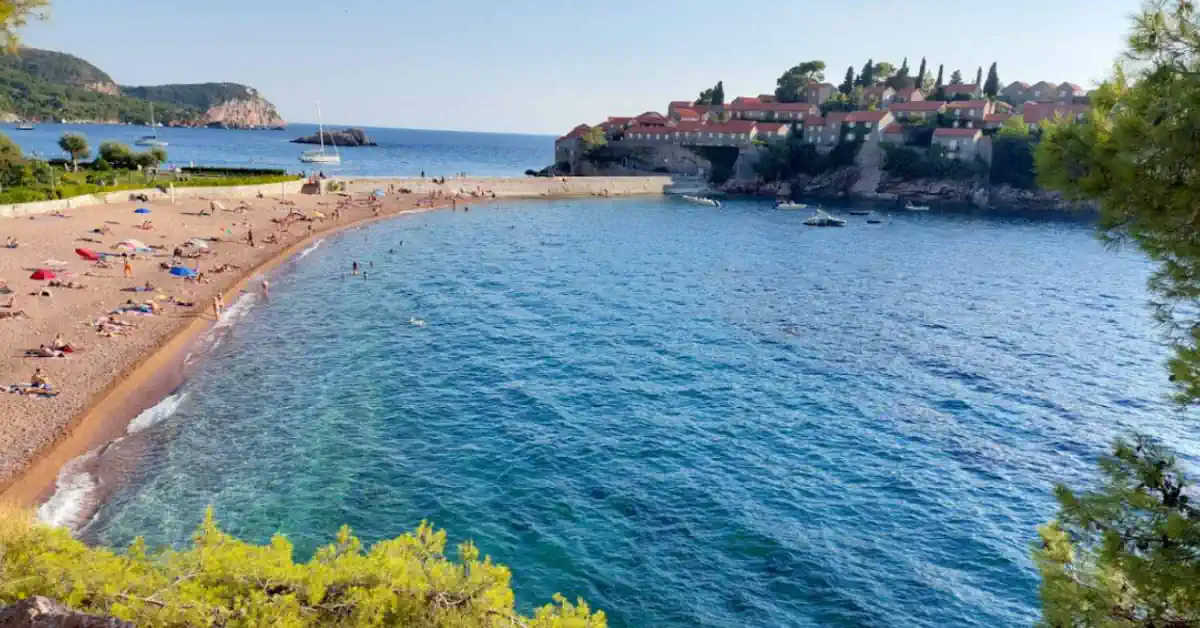
In coastal Montenegro, it’s all about the summer season when visitors from all over the world come to relax at the beautiful beaches and get seduced by the warm and welcoming atmosphere and the warm summer nights.
Durmitor National Park
One of Montenegro’s most beautiful mountains can be found in the UNESCO-protected Durmitor National Park. The national park is also home to Black Lake, a stunning glacial lake that sits at an altitude of more than 1,400 meters.

During the winter months, it snows heavily in the Durmitor National Park. The best season for active vacationing is from May to October. If you like hiking, you will feel at home in Durmitor. You can choose among many well-marked hiking paths of which the most popular leads up to the Bobotov Kuk mountain peak (2523 meters).
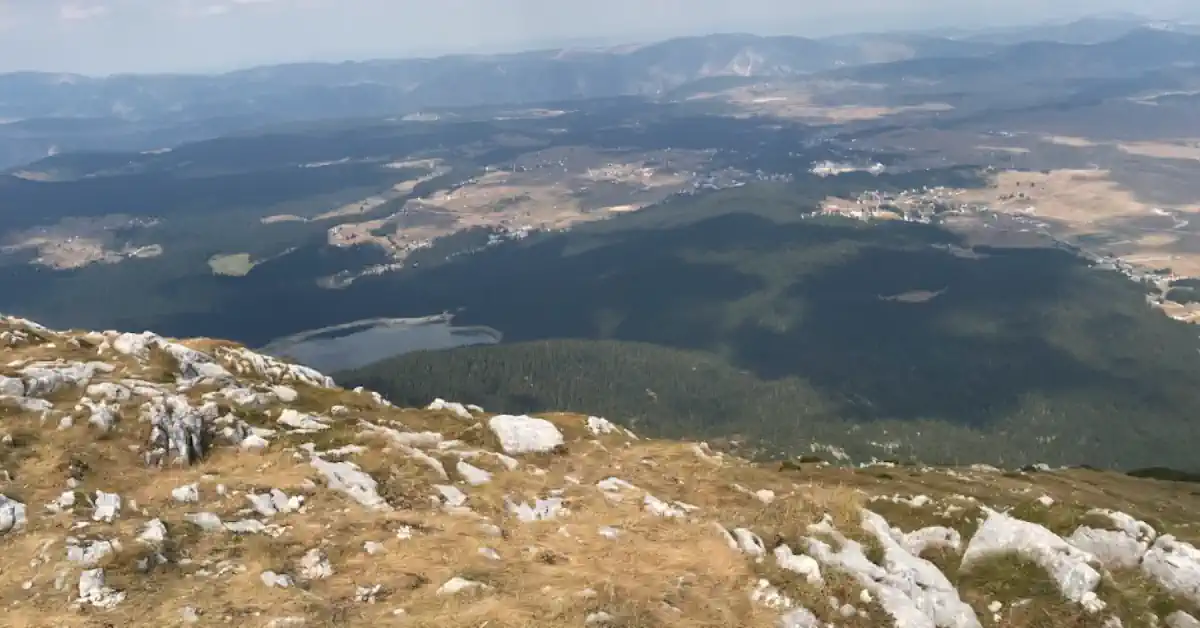
Other popular activities include taking the Durmitor Ring Road, a scenic and diverse route going full circle around the national park, and fishing in the Tara River. One-day fishing licenses are available for 20€ per person.
Adrenaline junkies will love a ride on the Tara Zip Line which accelerates to a speed of 100 kilometers per hour and more and offers picturesque views of the old Tara Bridge and the valley below.
Rafting the Tara River Canyon
The Tara Canyon is one of the deepest and longest canyons in the world and is extraordinarily popular with whitewater rafters. The canyon is naturally formed by the 146-kilometer-long Tara River that separates Montenegro from Bosnia and Hercegovina.
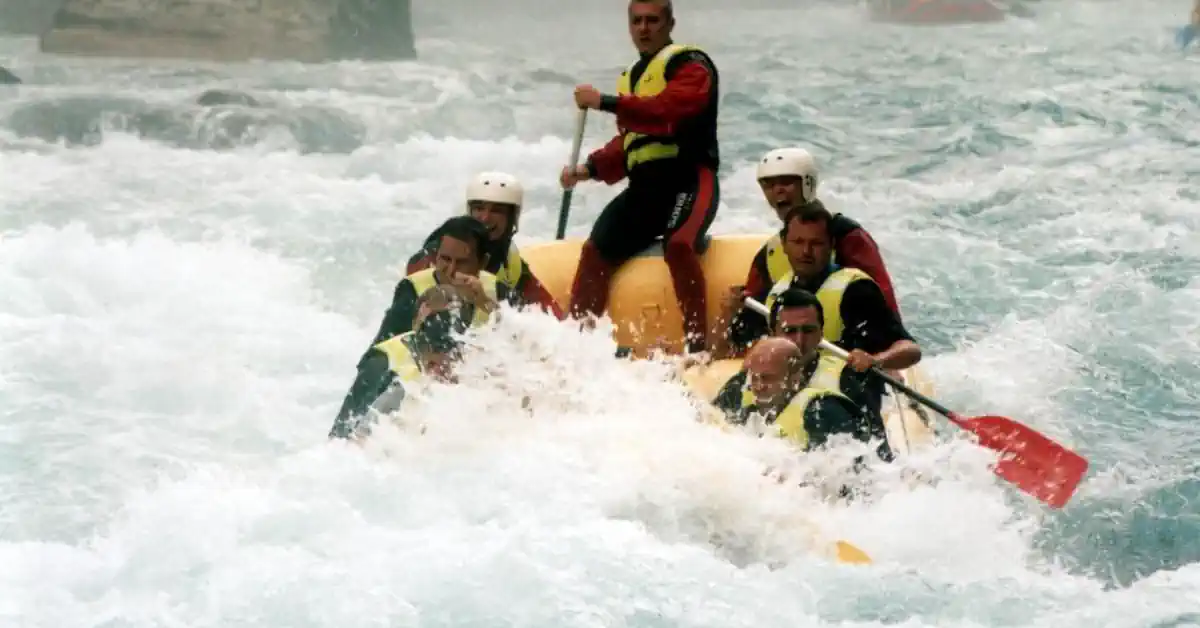
source: Wikipedia
Being listed as a UNESCO Site, the canyon presents outstanding universal value. Wouldn’t it be exciting to plan a one- or multi-day rafting adventure with a group of friends or your family? The shorter tour from Brstnovica to Scepan Polje (18 kilometers) takes just 2 – 3 hours to complete.
Kotor Old Town & Serpentine Road
Should you visit Montenegro for the first time, there is no way around Kotor Old Town, a former Venetian coastal town in the breathtaking Bay of Kotor. Its unique and UNESCO-protected fortification structure extends from the town walls uphill to include the San Giovanni Fortress at an altitude of more than 250 meters until continuing downhill back to the other side of the old town.
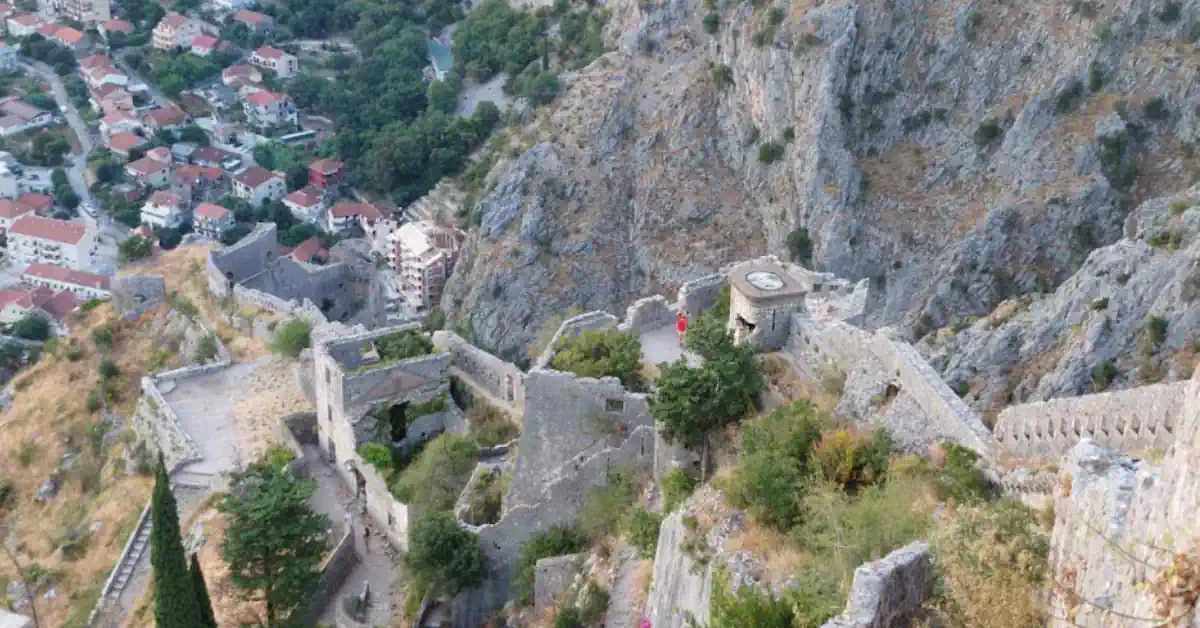
When in Kotor, make sure to explore some of its beautiful churches – the Saint Tryphon Cathedral and Church of Saint Luke date back to the 12th century. Even more impressive than the Kotor Barrio is the high-towering Orjen and Lovcen massifs that make up the backdrop of the dramatic landscape.

One thing you should not miss is taking a trip along the Kotor Serpentine Road which zig-zags up the ancient caravan route connecting Kotor’s harbor with the former Royal Capital of Cetinje. The steep slopes of the switchback road are every motorist’s dream. You can also get your picture-perfect frame of Kotor Bay from above.
Perast
Just a 10-minute ride from Kotor lies another picturesque town – Perast. This tiny town counts almost as many churches as residents and is renowned for its beautiful Baroque architecture and its Venetian cultural heritage. Back in the day, Perast served as an important trading post on the Mediterranean trade route.
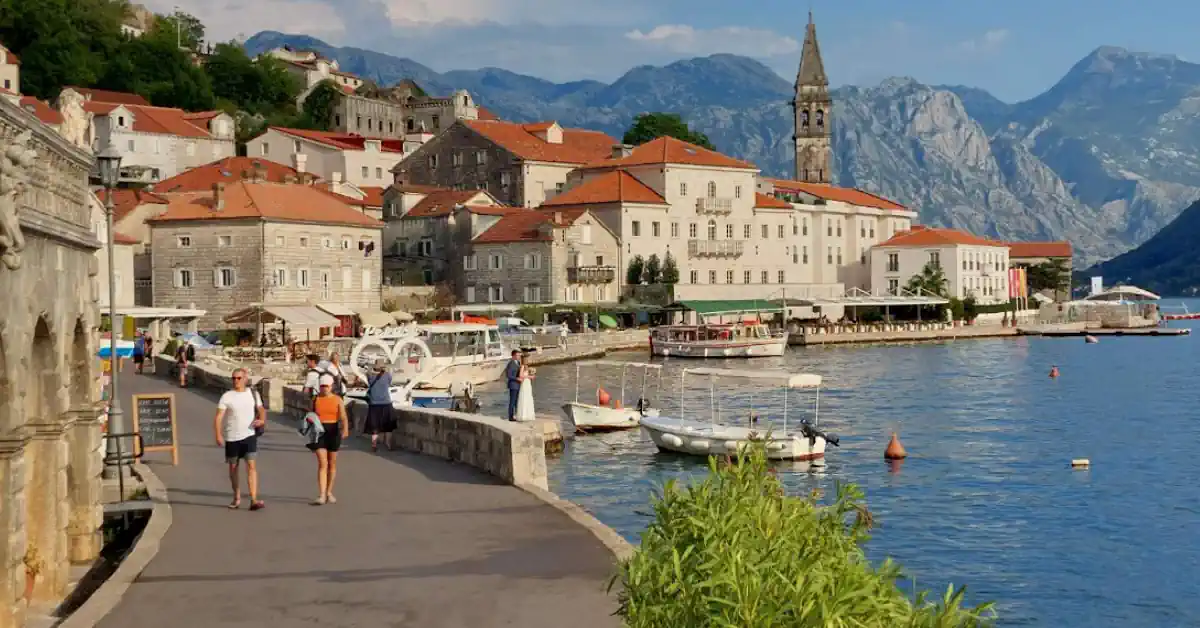
Today, Perast is a quaint tourist resort that is especially popular with couples due to its romantic atmosphere. Along the car-free coastal promenade, you will find dozens of excellent fish restaurants and other authentic eateries. A popular landmark is the two islets in front of Perast – Saint George and Our Lady of the Rocks.
Blue Cave
Montenegro’s most famous grotto is the Blue Cave which finds itself on the shores of the Lustica Peninsula on the other side of Tivat Bay. Visiting the blue grotto is great during the late morning and early afternoon hours. This is when the sun produces the blue magical glow in the cave’s interior.
Organized boat trips usually include a short break for swimming inside the cave and on Zanjice Beach which is nearby.
Sailing in the Bay of Kotor
One alternative way to spend a day in the Bay of Kotor is on the deck of a sailing boat. This might make the most sense if you visit as a group or family and want to escape the crowds. You can charter a sailboat including a skipper for about 500 – 800 Euros, depending on group size.

source: Monty B
This will buy you a 5-hour-long sailing adventure along the shores of the bay and usually includes seeing the Perast islands and Kotor and Tivat. Tim is a skipper on the Monty B sail yacht and does a great job.
Prokletije National Park
One of Montenegro’s five national parks and often overlooked, Prokletije, or the Accursed Mountains, stretch from Montenegro to southern Kosovo and northern Albania. Some people refer to them also as the Albanian Alps which are home to the highest peak in Montenegro, the Zla Kolata.
The national park is much smaller in size (1,660 hectares) than the Durmitor National Park but its sharp, jaggy peaks and beautiful glacial lakes are what make this park stand out nonetheless. Its steep slopes and deep valleys have a close resemblance to the Alps – thus the name Albanian Alps.
Tip: If you want to visit more than one national park in Montenegro, you can buy the annual ticket that allows you to go to all of the 5 national parks for one year, for as many times as you want.
Biogradska Gora National Park & Bjelasica
The evergreen Bjelasica is a mountain range located in the Biogradska Gora National Park which is rich in vegetation and forest reserves and stands out among other mountainscapes in Montenegro. Its rolling hills are much easier accessible than the rougher and sharper peaks of the Durmitor or the Accursed Mountains.
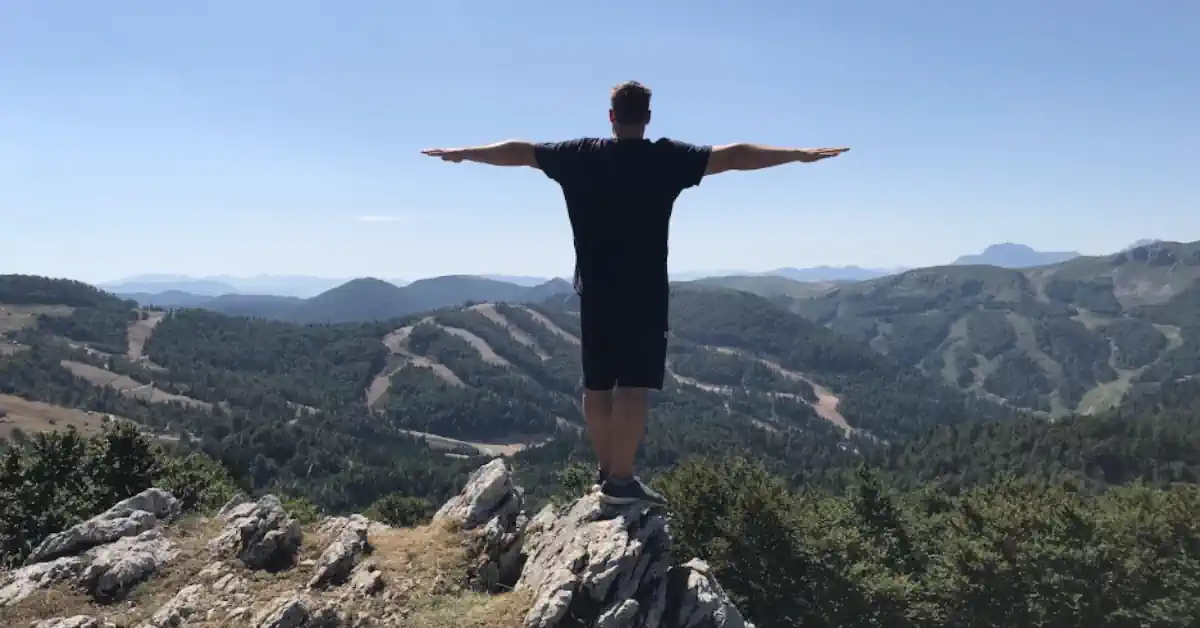
The Biogradska Gora is one of Europe’s last remaining rainforests and contains trees as old as 500 years. Here you will also find the world’s tallest spruce tree, measuring 59 meters. There are also wild animals such as bears and wolves who adore the unspoiled nature and tranquility of the vast forests.
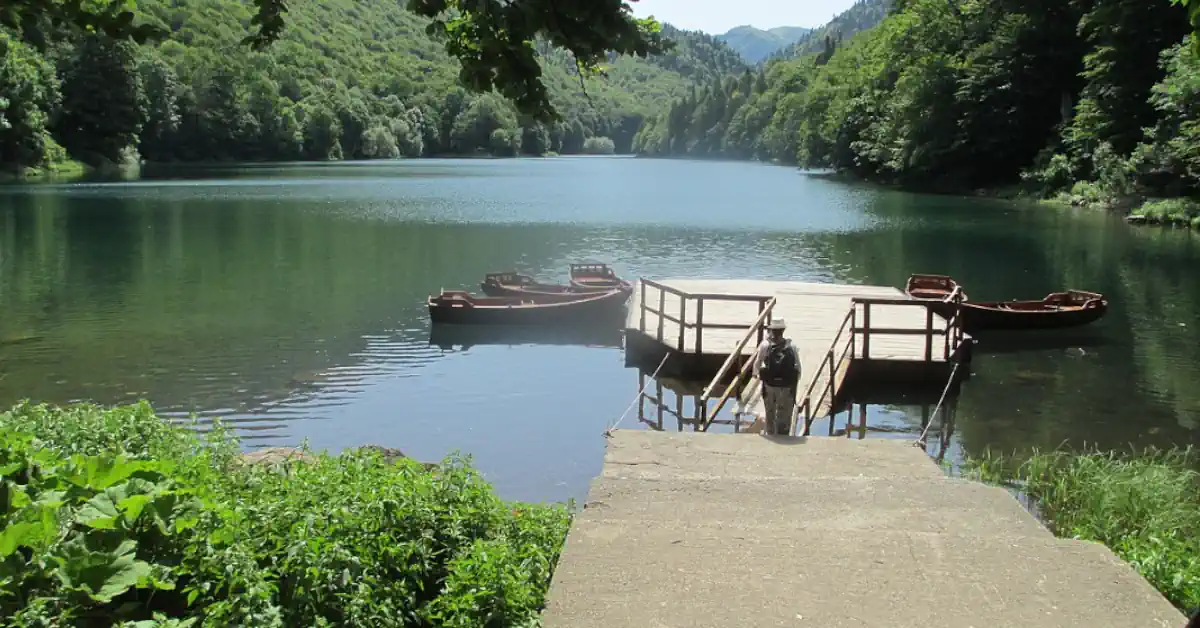
source: Wikipedia
One of the most visited sites within the national park is the Lake Biograd. The glacial lake sits at an altitude of more than 1,000 meters and is surrounded by ancient forests that reflect in the crystal clear waters of the lake – a real gem for nature lovers.
Old Town Bar
The story of the Old Town in Bar is a sad one. Following a devastating earthquake in 1979, the ancient settlement got cut off from the water supply, and all inhabitants left permanently. Today, the centuries-old historical center serves as an open-air museum, similar to Pompeii.
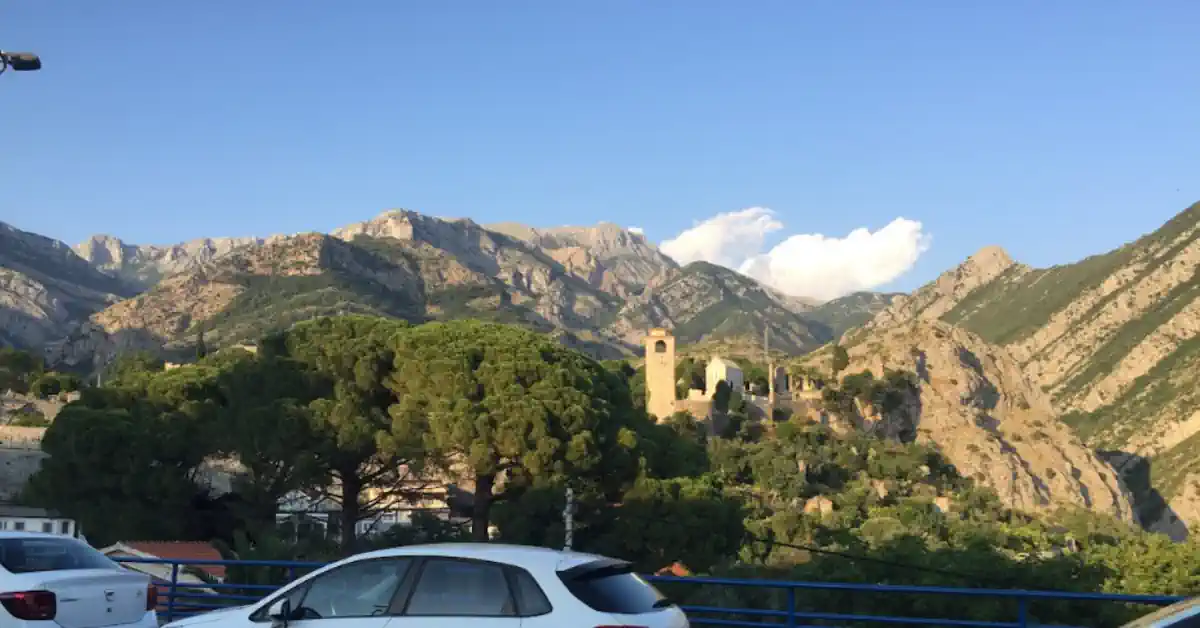
You can walk along its ancient cobblestone streets and get a feel for what it must have been like living here during Ottoman, Venetian, and even Byzantine times. Stari Bar stands out because of its unique location on a hill overlooking the Adriatic Sea, a couple of kilometers away from the coast.
When visiting, make sure to also see the Turkish Aquaduct and the nearby Turcini Waterfalls.
Lake Skadar
The Skadar Lake makes up the natural border between Montenegro and Albania and is the largest lake in Southern Europe. Its lush vegetation is a welcoming home to many species of wildlife. Being proclaimed a natural park in 1983, the lake has been especially popular with birders who can observe rare species such as herons and pelicans.
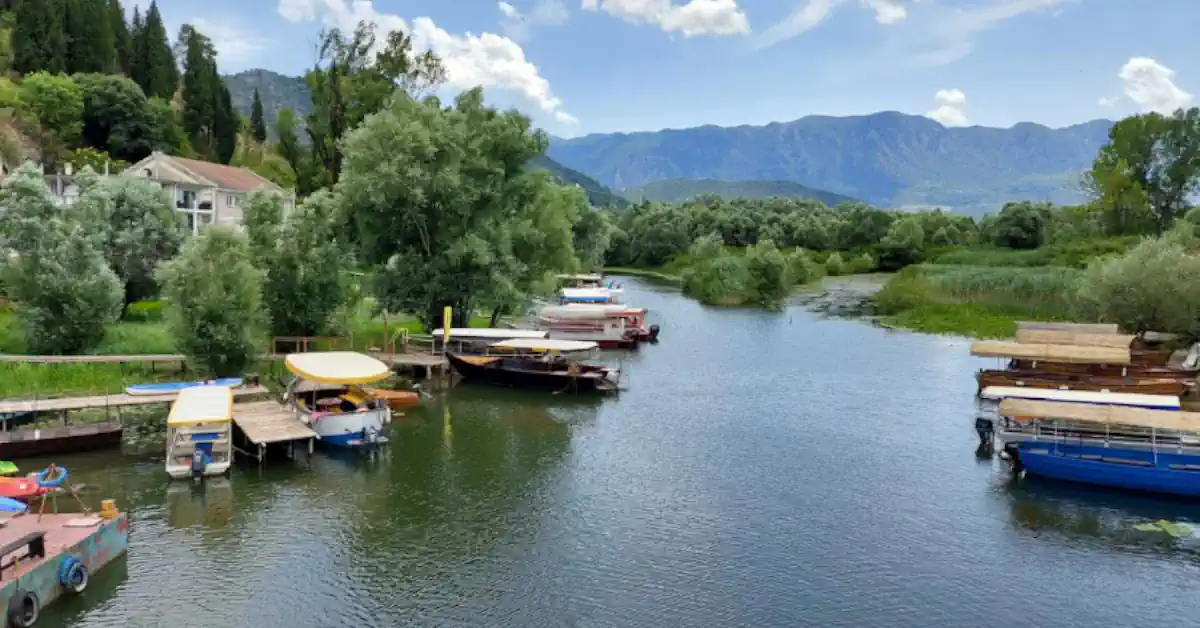
The area around the lake holds historical and cultural significance for local Montenegrins. The former Crnojevic dynasty ruled from here until they were forced to transfer the seat of power to Cetinje.
Popular activities on Lake Skadar include taking a boat trip, kayaking, and fishing. Their lake is also known for its mystical monasteries such as the Kom and Beska monasteries.
Pavlova Strana Viewpoint
One of the most picturesque landscapes in Montenegro is created by the Crnojevica River bending like a horseshoe before streaming into Lake Skadar. The Pavlova Strana Viewpoint is on the Cetinje side of the lake. Be careful if you are driving yourself – the road is narrow and steep.
Visit Cetinje and Lipa Cave
Cetinje has been Montenegro’s capital city for most of its history. The Petrovic-Njegos dynasty consolidated power and ruled from there for the better part of the 18th and 19th centuries. Cetinje is easily accessible from coastal Montenegro – from Budva, you can reach it within half an hour via the excellent M-10 highway.

A trip to Cetinje may very much be worth it. It features many well-preserved buildings from the past centuries and has a relaxed vibe to it. Cetinje is a great base for exploring the nearby Lovcen National Park and the Njegos Mausoleum.
You can also include the Lipa Cave in your itinerary which is just a 10-minute drive from the historical city center.
Lovcen National Park & Njegos Mausoleum
Petar II Petrovic-Njegos was Montenegro’s ruler in the 19th century and was also a much-acclaimed poet and philosopher. He is without a doubt the most prominent figure in the country’s history. He got even a steak named in his honor.
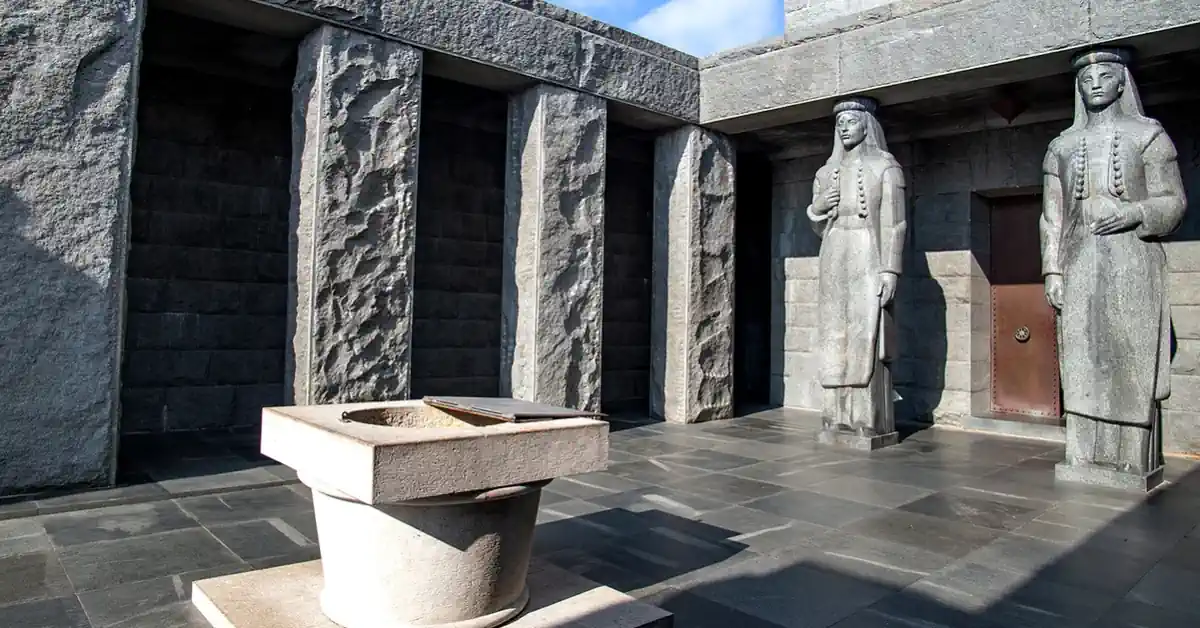
Njegos had a strong affiliation with Mount Lovcen and decided to be buried atop the Jezerski Vrh, a peak within the Lovcen National Park. You can visit the Njegos Mausoleum and decide for yourself if the former ruler chose an appropriate location – we think he did.
The views from the Lovcen are just incredible.
Visit a Vinery
There is good wine in Italy, France, and Spain. But what about Montenegro? Few people know that Montenegro has a long vino tradition. The regions around Podgorica are ideal for the cultivation of grapes. The Plantaze vineyards in Cemovsko Polje cover 2,320 hectares, making it Europe’s largest vineyard with more than 10 million vines.
While it is possible to visit the Plantaze facilities, you might be better advised to go for a smaller family-run winery for a more authentic experience. There are dozens of small winemakers producing good-quality wine you might never have heard of.
The BUK winery run by Milos offers wine-tasting tours. See for yourself how Montenegrin wine measures up against other more renowned competitors.
Visit Budva & Sveti Stefan
Buda has a nice old town and coastal promenade. It’s also by far the busiest coastal town during the summer season in Montenegro. The atmosphere is lively and it’s a nice place to spend some time, especially in the evening and night hours. There are countless bars and waterfront restaurants.
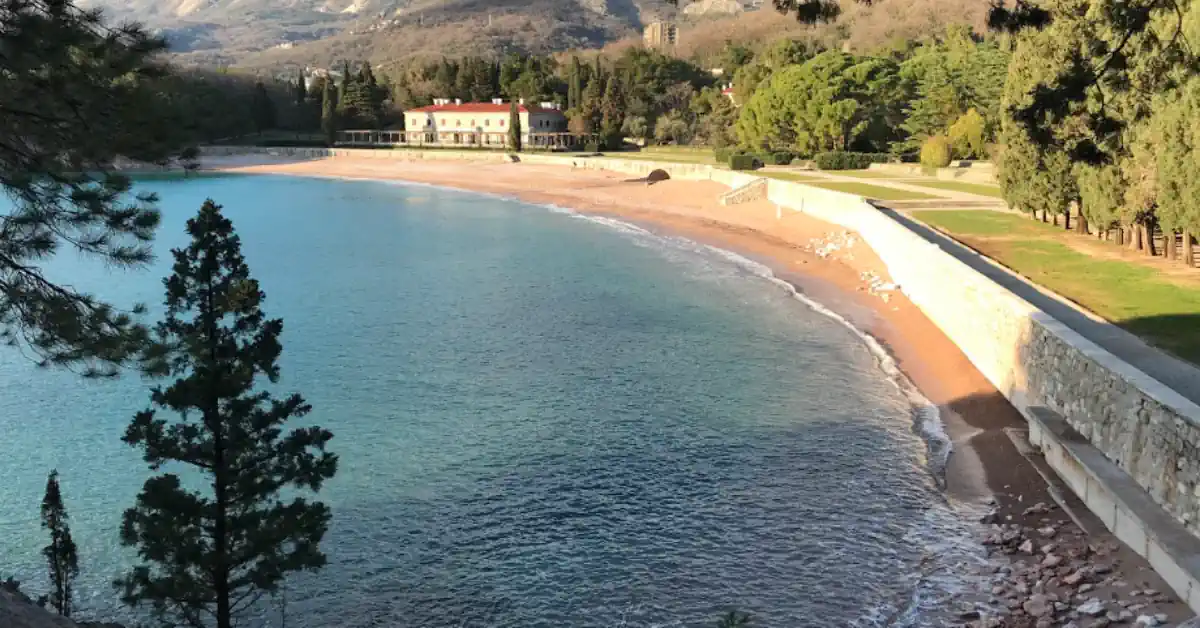
Within the municipality of Budva, you will also find Sveti Stefan, a small island turned into an ultra-luxury resort connected via a causeway to the mainland. It’s probably the most photographed motif in the whole of Montenegro. Sveti Stefan is linked to the fishing village of Przno through Milocer Park which is beautiful in itself.
When in Budva, you should also visit one of Budva’s beaches – many think they are the best in the country.
Big Game Fishing
Fishing aficionados are one of a bunch no matter where they are from. Fishing has a long tradition in Montenegro. Between August and November is the peak fishing season when skillful anglers are on the hunt for big predator fish.
It’s not easy to catch big fish if you have no local knowledge of the best fishing spots. Do yourself a favor and let the local Big Game Fishing companies guide you along the way. They know best where to go to land Bluefin Tunas, Swordfish, Amber Jacks, and Sharks.
You will find the fishing boats and companies in Budva on the fishing pier next to the old city walls.

source: Elite Voyage
Herceg Novi
Montenegro’s northernmost coastal town Herceg Novi is an often overlooked destination but it’s worth a visit. It has a nice long coastal promenade that connects it to nearby Igalo and Meljine.
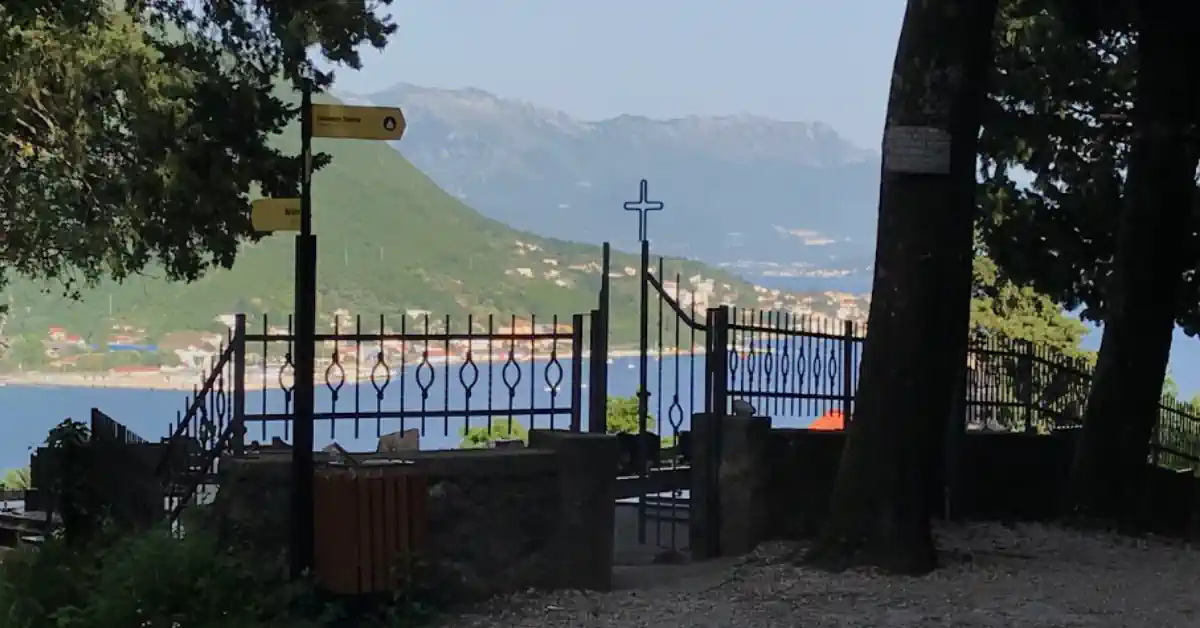
Herceg Novi is sometimes referred to as the ‘City of 1000 steps‘ because it sits on steep and hilly terrain. overlooking the Adriatic Sea. Thanks to seafarers of the past who traveled the oceans to bring many foreign plant species back home, Herceg Novi is rich in botanical diversity.
This charming coastal town portrays a distinct aura, more relaxed and unpretentious compared to Budva or Kotor, and not as touristy. It is also home to the Portonovi luxury marina and resort.
Ulcinj
On the other side bordering Albania, you will find Ulcinj which is a popular resort known for its scenic old town and its long and sandy beach. Ulcinj’s native population is friendly and welcoming. Most tourists who come here also return in the subsequent years.
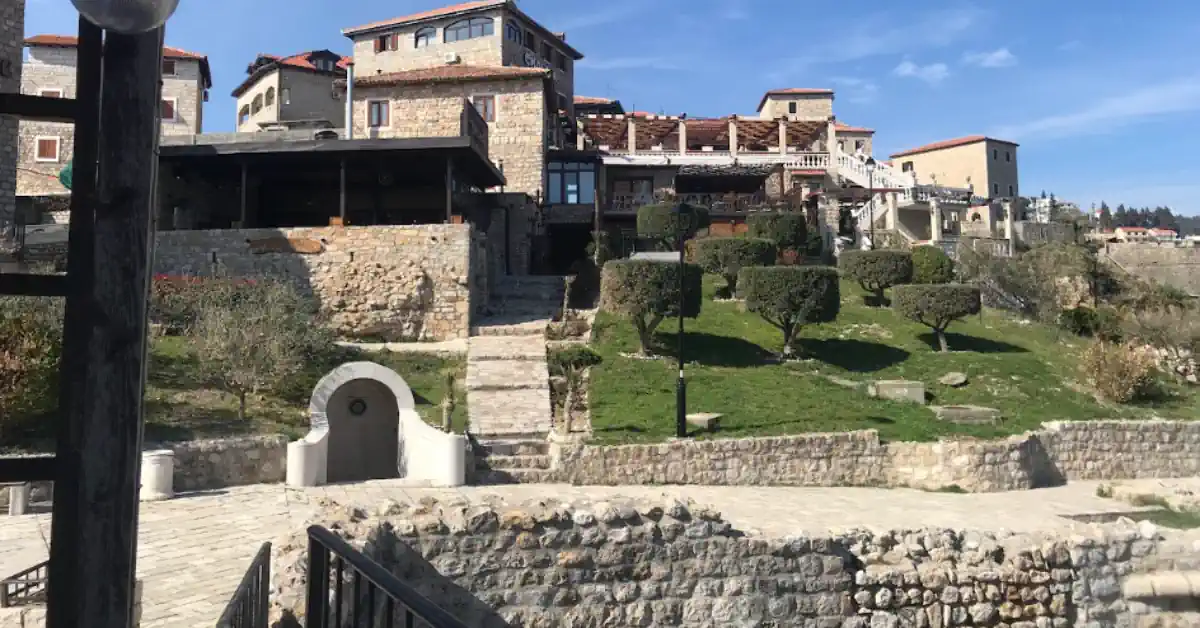
Similar to its northern neighbors, Ulcinj has a long naval tradition. During the Middle Ages, the Mediterranean trade route was the most important sea corridor connecting Europe with Asia and the rest of the world. It is also renowned for its infamous pirates such as Lika Ceni and Adem Stavri.
There are also several kite surfing spots along Ulcinj’s coast. Long Beach is famous for its flat waters, sandy beaches and is considered one of the best locations for kite surfing in Europe.
Ostrog Monastery
Even if you are not religious yourself, a trip to Montenegro’s most popular monastery might still be for you. Carved into a mountain above the Zeta Valley between Niksic and Podgorica, the bright white Ostrog Monastery is one of the most iconic landmarks in Montenegro.

The monastery and the adjacent cave churches have a long history and many pilgrims come here in search of healing and spiritual enlightenment. The remains of Saint Basil are buried in one of the cave churches and are believed to contain miracle powers.
Porto Montenegro
The small coastal town of Tivat within Boka Bay has put itself on the map as a Mediterranean luxury lifestyle destination since the construction of Porto Montenegro in 2010.

This super yacht marina and upscale coastal village are a must-visit if you want to see some oversized yachts in real life while having a coffee or cocktail in one of the scenic waterfront cafes or restaurants.
Porto Montenegro has dozens of good international restaurants and boutiques. It is nice to spend at least a whole afternoon and evening there to get a feel for the atmosphere. Many visitors like it and return many times over.
Make sure to also pay a visit to the Nautical Heritage Museum where you can enter an old Yugoslav submarine.
Budva Paragliding
Many people dream of doing something crazy at least once in their life, like skydiving or bungee jumping. If something like that is on your bucket list, you should consider Paragliding over the Budva Riviera.
The 15-minute standard flight takes you from Braici (800 meters above sea level) through the clouds to the landing spot down at the beach. Experiences like this are hard to put in words, why not try it yourself?
And it is not as frightening as it sounds. One company we can recommend is ‘Paragliding Budva Montenegro‘. Their instructors are professional so that you can properly relax, enjoy the flight, and even take photos.
Niagara Waterfalls
Did you know that the Niagara Waterfalls are actually in Montenegro? Well, certainly not the real ones but a smaller variant with the same name. Should you be in Montenegro during the spring, autumn, or winter months, visiting the waterfalls might be a great idea?
After months of zero rainfall, they usually dry out in July or August so there won’t be much to see. But if you go 100 meters downstream, there is a picturesque small lake where you can refresh instead.
The waterfalls are very close to Podgorica just a 10-minute drive from the city center.
Donkey Farm Martinici
Have you ever been to a donkey farm? Probably not but you will have the chance of visiting one in a small village close to the capital city Podgorica. Hard to believe but donkeys were close to extinction in Montenegro just a couple of years ago even though they were a household staple for most of the country’s history.
Darko Saveljic, a biologist and donkey farm owner made it his life mission to preserve as many animals as his farm can handle. He and his team are dedicated to the well-being of these lovely animals. If you visit with children, you might consider coming here on a Sunday afternoon.
Info: The farm only accepts visitors from 10 am – 1 pm on Sundays.
Winter Season: Skiing in Kolasin
While many tourists come to Kolasin and especially to the Biogradska Gora National Park and Bjelasica mountain during the summer months for all sorts of outdoor activities, in winter Kolasin turns into an up-and-coming ski resort.
Currently, the ski centers around the Bjelasica mountain measure north of 50 kilometers in slopes with plans to extend the available pists even five-fold. The resort is still not fully developed but all facilities are brand new.